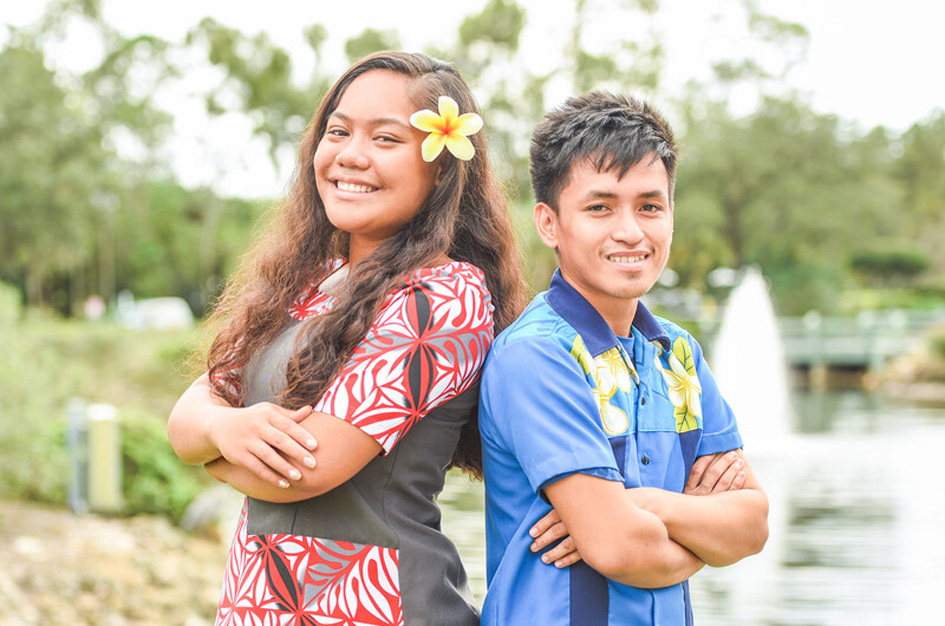
Hawaiian Heritage: How Hawaiian Clubs Honor Identity
Nearly 2,000 miles from mainland United States, Boys & Girls Clubs across the Hawaiian Islands serve the culturally diverse population of modern-day Hawaii, especially in metropolitan cities like Maui and Honolulu.
Like any Boys & Girls Club, Boys & Girls Clubs of Maui and Boys & Girls Club of Hawaii offer local youth safe places, programs and experiences, but they also provide something uniquely important – cultural learning experiences that deepen and celebrate Hawaiian identity and heritage.
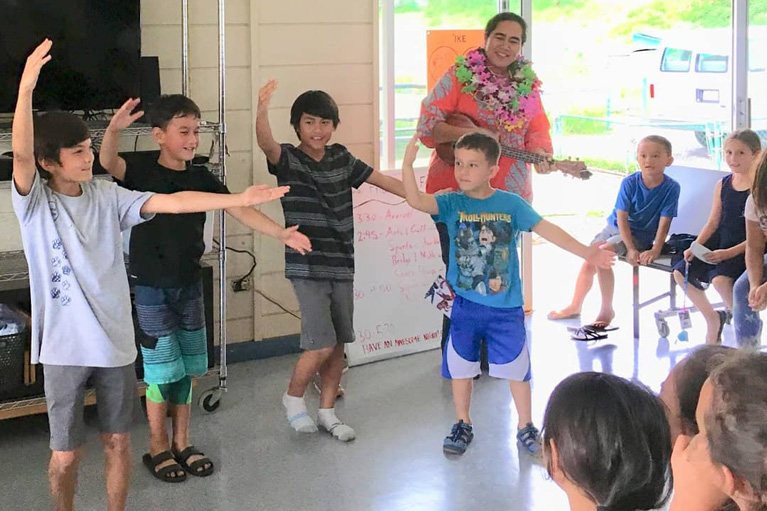
“A Native Hawaiian Club is special because it teaches our youth that connection with all that surrounds you is important,” says Paddy Kahuane, President & CEO of Boys & Girls Club of Hawaii, which includes nine Clubhouses spanning the islands of Oahu and Kauai, serving over 15,000 youth. “Connection is called pilina in the Hawaiian language. It is the umbilical cord to family, community, people, land (aina) and all things around us.”
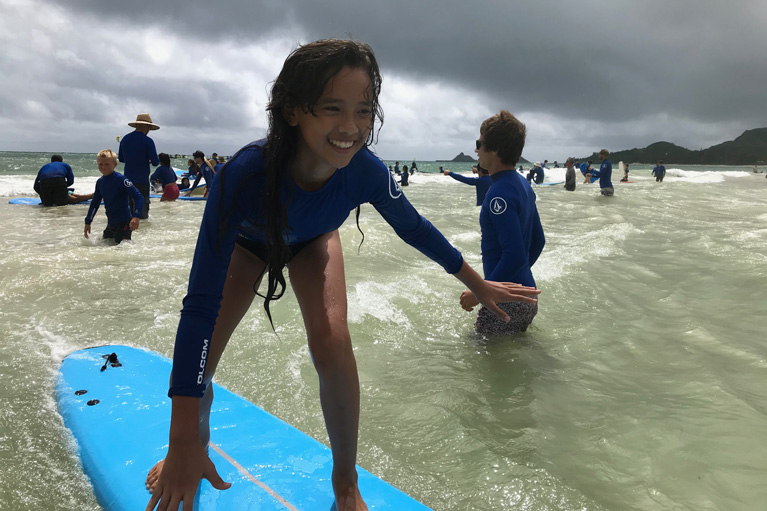
AAPI vs AANHPI: What’s in an Acronym?
“Adding two letters to an acronym – NH – means much more to the Native Hawaiian than most people would realize.”
– Iokepa Kalani Nae‘ole, Club Program Services Coordinator, Boys & Girls Clubs of Maui
In recent years, the umbrella term for those of Asian American and Pacific Islander descent (AAPI) has expanded. In a 2021 proclamation by the White House, May officially became Asian American, Native Hawaiian and Pacific Islander Heritage Month – or AANHPI.
“AAPI” has always been a broad term, encompassing a wide range of countries, ethnicities, nationalities and identities. In the U.S. alone, 22 million Asian Americans can trace their roots to more than 20 countries in East and Southeast Asia and the Indian subcontinent.
But now, AANHPI Heritage Month honors the unique identity and heritage of Native Hawaiian people, who have their own distinct culture and ancestry, as well as a long history of injustice through colonization and assimilation into the U.S.
“This is important because we are not a federally recognized tribe and our Native Hawaiian people have struggled with cultural and historical trauma,” says Kauhane. “These things in the American experience still affect generations of Native Hawaiian people. Being called out from the umbrella means we are being recognized and identified separately from our counterparts while being inclusive.”
The Rich and Resilient History of Native Hawaiians
“One thing that makes me proud to be Hawaiian is what my ancestors overcame and what they have done to bounce back after something bad happened.”
-Bellamoon, age 13, Club member, Boys & Girls Clubs of Maui
At the Club, Hawaiian youth learn about their people’s history of strength and resilience.
Polynesians traveled by canoe to the islands more than 1,600 years ago, becoming the first Native Hawaiian people. Over time, they developed a unique culture, eventually establishing a trade economy and separate chiefdoms across the archipelago. In the early 1800s, the Hawaiian Islands and their people were united as a kingdom.
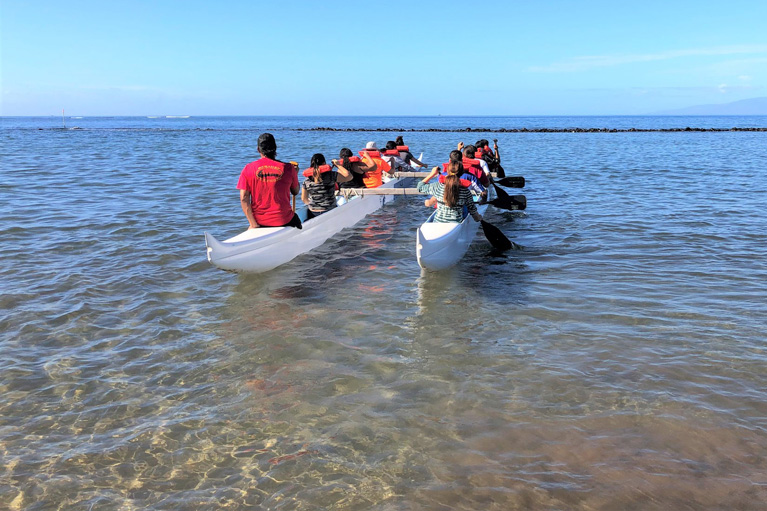
In the 1820s, missionaries and whalers brought new diseases that wiped out a significant portion of the Native Hawaiian population. Around the same time, wealthy American colonists began operating an agricultural plantation economy in Hawaii, growing crops like sugar and coffee.
In the late 1890s, local American businessmen, backed by the United States government, overthrew the monarchy of Hawaii, seizing the archipelago. Queen Liliʻuokalani of Hawaii yielded authority to avoid loss of life but protested the overthrow.
Since then, the Native Hawaiian people endured the archipelago’s annexation into the U.S. to serve as a military base, followed by a long road to statehood in 1959. In 1993, Congress recognized the historical significance of these events in the “Apology Resolution.”
“Cultural pride not only endures today but continues to grow as more Hawaiians are taught their own culture and history.”
– Iokepa Kalani Nae‘ole, Club Program Services Coordinator, Boys & Girls Clubs of Maui

Serving Today’s Hawaiian Youth
“The Boys & Girls Club is important to me because staff are nice, they assist with my homework and I enjoy meeting new friends.”
– Serenity, age 11, Club member, Boys & Girls Clubs of Maui
Boys & Girls Clubs of Maui operates six Clubhouses across the island of Maui, serving over 1,000 young people through membership and an additional 1,100 kids through community outreach.
Situated on Hawaiian Homestead Lands, their Paukūkalo Clubhouse is unique. These tracts of land were set aside by the U.S. through the Hawaiian Homes Commission Act of 1921 to provide Native Hawaiians with a land base after most of the native population had been displaced to expand the agricultural industry.
The Paukūkalo Club’s membership typically represents 93% Native Hawaiian students, known as Haumāna. Having Club staff who are fluent in Hawaiian language, such as Program Services Coordinator Iokepa Kalani Nae‘ole, created a resource for these students who previously had no other options for afterschool tutoring and homework help.
The Paukūkalo Club closed during the pandemic and experienced structural damage – now, Boys & Girls Clubs of Maui is working to rebuild and reopen to provide critical support to the surrounding Native Hawaiian community.

“Being able to ‘olelo Hawai’i – speak Hawaiian – is what makes me proud to be Hawaiian.”
Michah, age 12, Club member, Boys & Girls Clubs of Maui
At Clubs across the Hawaiian Islands, today’s Hawaiian youth connect with culture through language, programming, traditional music and dance.
Kauhane says, “We learn to reconnect to our cultural identity through cultural programming that teaches us about land to ocean (ahupua’a), Hawaiian values, mo’olelo (stories) of our people and who they were, a sense of place, rich heritage, and to define ALOHA as a practice and a way of living, not just a greeting.”
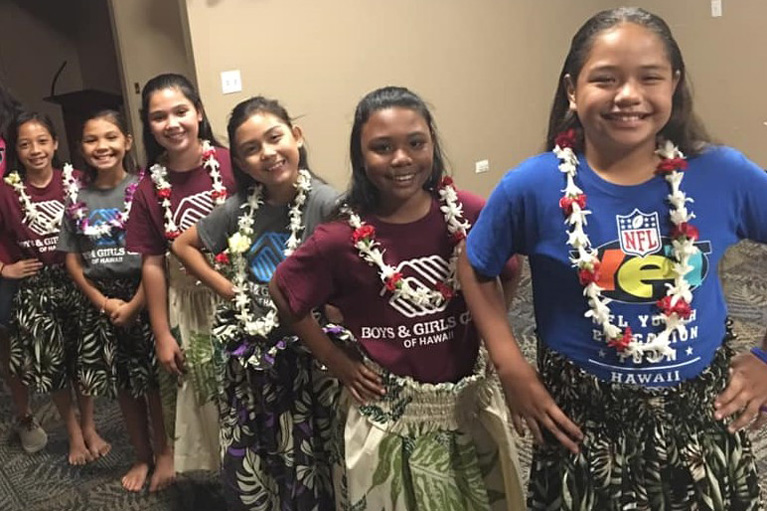
“Hula makes me proud to be Hawaiian because I love and enjoy dancing, it’s a connection to my Hawaiian culture and it allows me to share with others,” says Maui Club kid Serenity.
Serenity loves to participate in hula competitions, adding, “My dream is to someday compete in the Merrie Monarch Festival to become Miss Aloha Hula.”
Club kid Bellamoon appreciates her Boys & Girls Club because of the relationships she’s made with the Club staff and kids. She says, “I can be myself around the people here.”
Boys & Girls Clubs of America is proud to celebrate AANHPI Heritage this May and year-round.
Join the Club
Boys & Girls Clubs of America provides safe places, caring mentors and life-enhancing programs to millions of kids and teens annually. Join us on our mission of helping all young people reach their full potential: